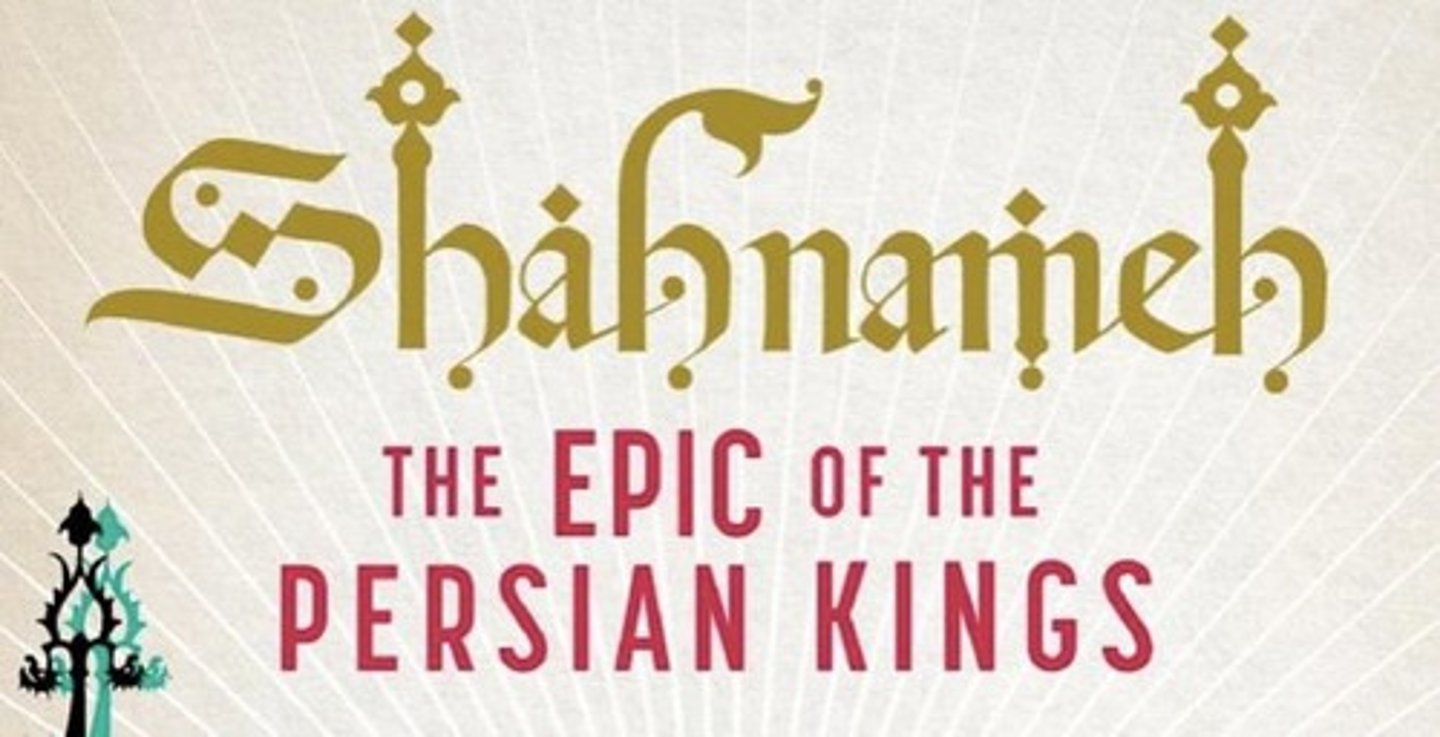Week 2: Migration and Displacement
1/59
There's no tags or description
Looks like no tags are added yet.
Name | Mastery | Learn | Test | Matching | Spaced |
|---|
No study sessions yet.
60 Terms
Migration
The movement of people from one place to another, often across borders.
Forcibly displaced persons
As of today, 66 million forcibly displaced persons around the world.
Voluntary migration
Migration for work, education, family reunification.
Forced migration
Migration due to war, persecution, environmental disaster.
Internal displacement
Displacement within the country.
International migration
Migration across national borders.
Displacement
The condition of being uprooted from one's home, land, or community.
Refugees
People who have fled their countries to escape conflict, violence, or persecution and have sought safety in another country.
Internally displaced persons (IDPs)
Internally displaced people (IDPs) have been forced to flee their homes by conflict, violence, persecution or disasters, however, unlike refugees, they remain within their own country.
Stateless People
A person is 'stateless' if no State considers them a citizen.
Exile as Political Resistance
A state of being barred from one's native country, often for political or punitive reasons.
Forced exile
Exile that occurs due to expulsion or persecution.
Self-imposed exile
Exile that occurs due to escape from oppression.
Capitalism and Displacement
Capitalism produces labor migration by generating surplus labor and exploiting cheap labor.
Primitive accumulation
Displacement of people from land to create 'free' labor pools (Marx).
Neoliberalism
Cuts to social safety nets, privatization, and structural adjustment programs (SAPs) have caused mass displacement globally, especially in the Global South.
Development-induced displacement
Displacement caused by mega-dams, special economic zones, urban gentrification.
Climate displacement
Climate change disproportionately impacts formerly colonized nations and is directly linked to extractive capitalist practices.
Migration regimes
Reflect colonial hierarchies of humanity.
Fortress Europe
Racialized exclusion of migrants from the Global South.
Global care chains
Women as key participants in roles such as nannies, domestic workers, and nurses.
Capitalist labor demand
Often drives migrations alongside patriarchal structures at home.
Deserving vs. undeserving migrants
A binary that influences who is allowed to belong.
Media and political discourse
Often dehumanize displaced people, echoing colonial tropes.
Literature, film, and testimony
Challenge dominant narratives about migrants and exiles.
Abolitionist movements
Call to abolish borders, detention centers, and imperialist wars.
US detains
400,000 people each year, primarily related to criminalization and mass incarceration.
Decolonial perspectives
Reject the idea that mobility should be a privilege.
Grassroots organizing
Involves working by and with migrants.
Reimagining citizenship
Envisions belonging outside the nation-state.
Edward Said's definition of exile
Different from immigration or expatriation; insists it is not a romantic or heroic condition.
Said's paradox of exile
Exile is compelling to think about but terrible to experience.
Unhealable rift
Refers to the separation between a human being and their native place.
Exile's impact on identity
Shapes or distorts a person's sense of identity and creates tensions with host society.
Nation-state's role in exile
Produces exile and challenges its legitimacy or boundaries.
Responsibilities of intellectuals in exile
Political and ethical duties assigned by Said to exiled thinkers.
Cultural identity in the diaspora
Insights from Said help understand connections between exile and cultural hybridity.
Monarchy and the Old Order
Refers to Afghanistan from 1919 to 1973, during Amir and Hassan's childhood.
Saur Revolution
Coup that led to the Republic in 1973.
Communist Coup and Soviet Invasion
Period from 1978 to 1989 when Baba and Amir flee Afghanistan.
Mujahideen Victory and Civil War (1989-1996)
The period when Hassan is killed and Sohrab is orphaned, characterized by violence and ethnic targeting.
Rise of the Taliban (1996-2001)
Assef becomes a Taliban official, representing the regime's brutality.
U.S. Invasion (2001-2021)
Involves a temporary retreat of the Taliban and the emergence of Taliban insurgency.
U.S. withdrawal and fall of Islamic Republic of Afghanistan
The transition back to Taliban rule.
Shahnameh
An epic full of maxims, adages, reflections on life's fluctuations, love stories, and ponderings on the conundrum of death.

Rostam and Sohrab
The story of Rostam, the Iranian Hercules, who unwittingly kills his own son Sohrab.
Amir's guilt and search for redemption
Explored through the film's portrayal, questioning if the visual medium enhances or weakens these emotional themes.
Simplification of political events
The film's approach to complex political events in Afghanistan, including potential downplaying or misrepresentation.
Pashtuns and Hazaras relationship
The film's depiction of the power imbalance and discrimination faced by Hassan.
Sohrab's voice and agency
Examines how Sohrab's portrayal shapes the viewer's perception of trauma and survival.
Representation of women
Roles of Soraya, Hassan's mother, and other women in the story compared to gender dynamics in Afghan society and the novel.
Landscape depiction
The portrayal of Afghanistan and the U.S. in the film, considering lighting, color, and camera work.
Portrayal of violence
The film's depiction of physical and emotional violence, highlighting powerful and disturbing scenes.
Role of music
Music's influence on the emotional and cultural atmosphere, supporting themes of nostalgia, loss, or redemption.
Theme of loyalty
Exploration of loyalty, especially between Hassan and Amir.
Representation of trauma
How trauma is represented for Sohrab and Hassan, and the sensitivity of its portrayal.
Amir's actions as justice or redemption
Discussion on the ethical limitations of Amir's journey at the film's end.
Western perceptions of Afghanistan
The film's contribution to or challenge of Western stereotypes and portrayals of Afghanistan.
Politics of exile and diaspora
Engagement with the portrayal of Afghan immigrants in U.S. scenes.
Intended audience of the film
Consideration of how different viewers (Afghan, Western, diaspora) might interpret the story differently.